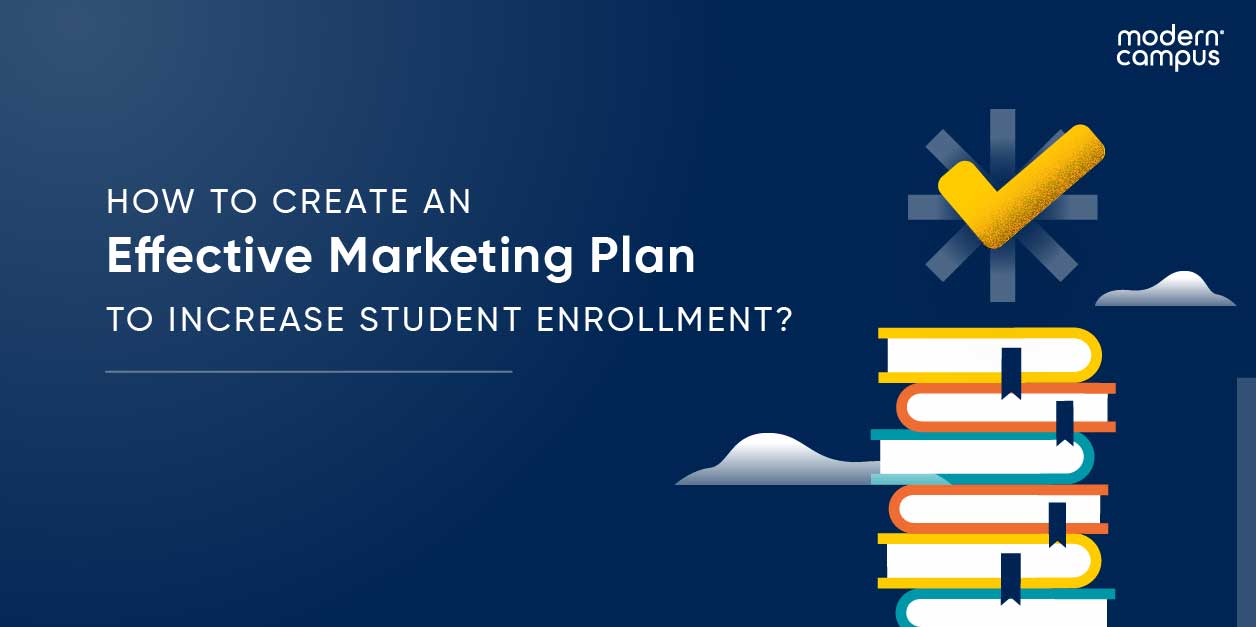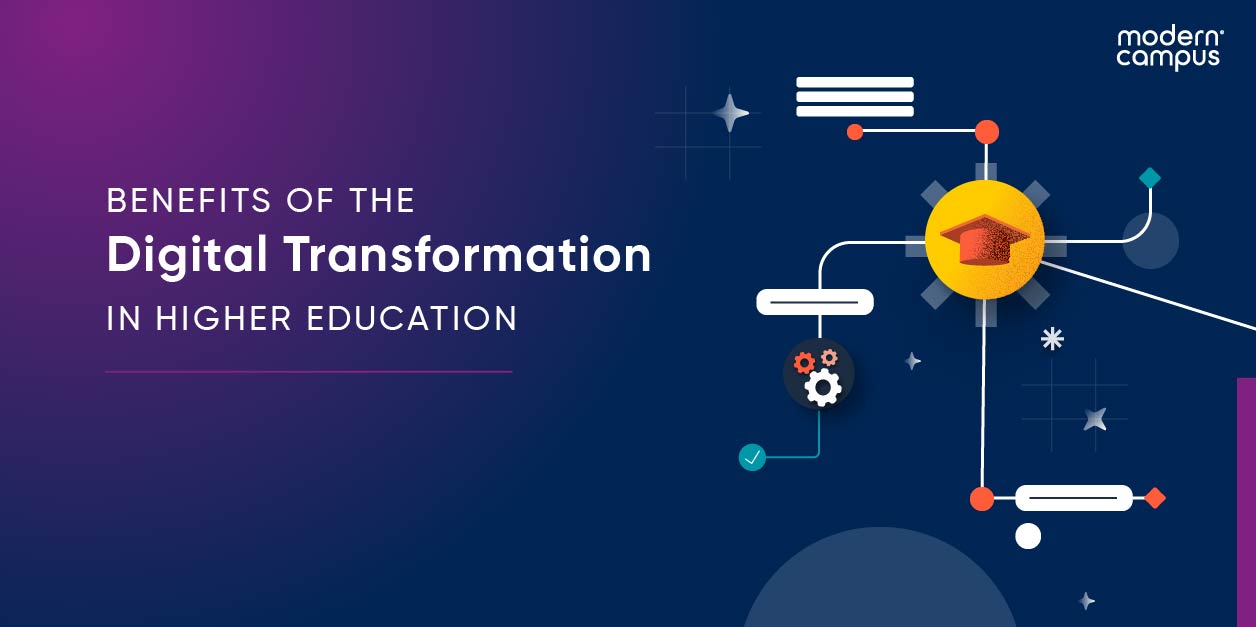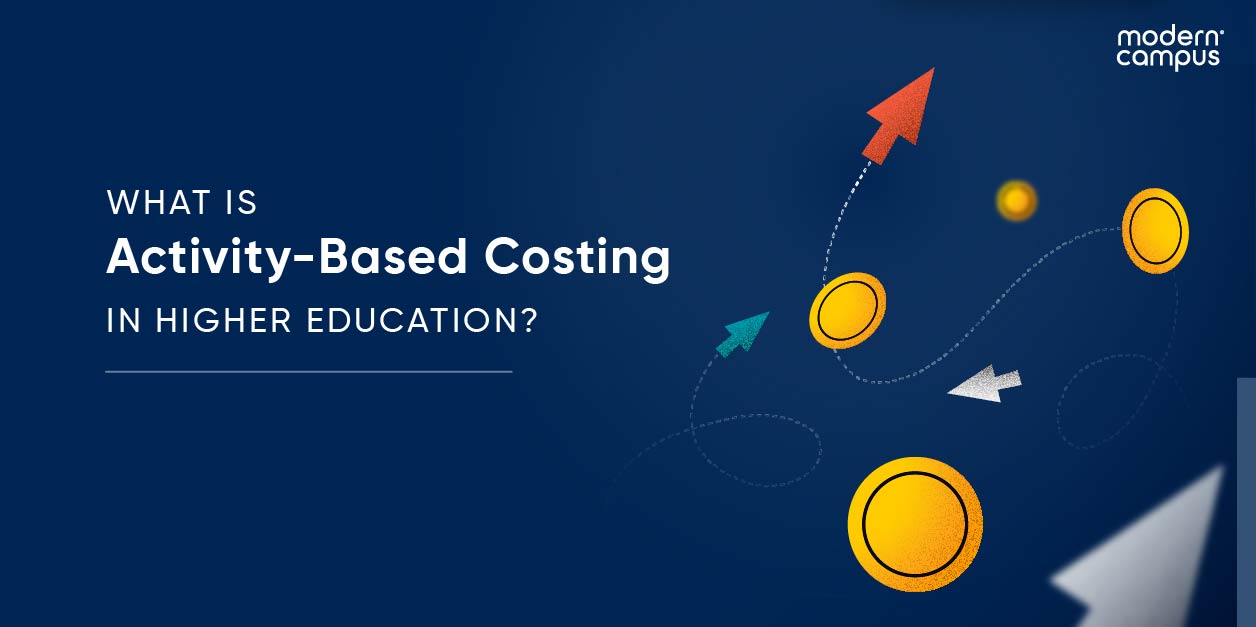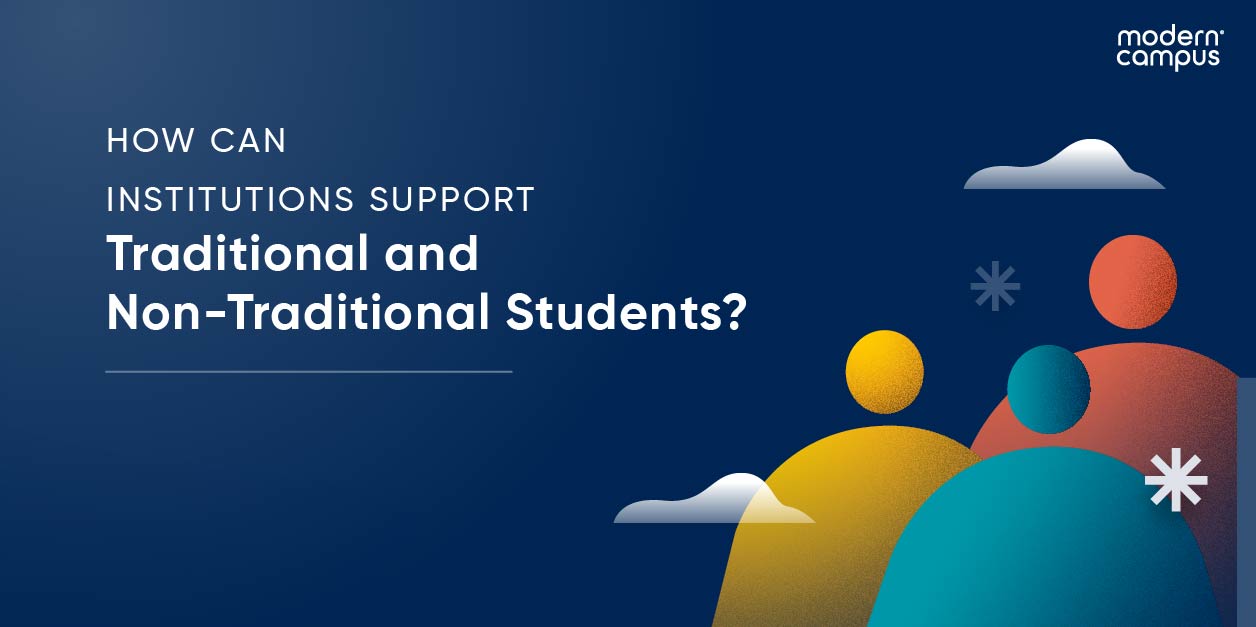Effective Marketing Plan to Boost Student Enrollment
In the post-pandemic landscape of higher education, amidst declining higher ed enrollments and increasing student debts, attracting prospective students and increasing enrollment requires a well-thought-out marketing plan.
With the right strategies in place, institutions can meet their enrollment goals and build a strong brand presence.
This blog post explores key components of an effective enrollment marketing plan, including defining target audiences, developing a strong brand identity, utilizing omnichannel approaches, employing content strategies, personalizing communication, leveraging data and analytics, and embracing technology.
How to Design an Effective Marketing Plan to Increase Student Enrollment
1. Define Your Target Audience
Understanding your target audience is the cornerstone of any successful marketing strategies to increase student enrollment.
Identify the students' demographics, interests, and aspirations you aim to attract. Conduct market research to uncover trends and preferences, allowing you to tailor your marketing messages effectively.
By understanding the needs and expectations of your target students, you can create content and campaigns that resonate with them, increasing the likelihood of enrollment.
2. Develop a Strong Brand Identity
A compelling brand identity sets your institution apart.
Define your unique selling propositions, emphasizing the strengths of your academic programs, student life, and career services. Consistent branding across various platforms, from your website to social media, builds credibility and trust.
Highlight the distinct aspects of your institution that appeal to your target audience, reinforcing why they should choose your institution over others.
3. Leverage an Omnichannel Marketing Approach
In the digital age, a presence across multiple channels is crucial for reaching diverse audiences.
Use a mix of online and offline channels, starting with a user-friendly and informative website and then including social media, email campaigns, print materials, and events. Ensure a seamless experience across these channels to provide prospective students with a cohesive and engaging journey.
A comprehensive omnichannel strategy maximizes visibility, making it easier for potential students to find and engage with your institution.
4. Use Content Strategy for Engagement
Content is king in the world of marketing, and for good reason.
Develop a robust content strategy that showcases the value of your academic programs, campus culture, and support services. Regularly publish blog posts, articles, and videos that provide valuable information to prospective students.
Look at how SUNY Downstate Health Sciences University increased traffic with a well-managed website and blog.
Address common concerns, such as the admissions process, application deadlines, and career opportunities. Engaging and informative content attracts leads and establishes your institution as an authority in higher education.
5. Personalize Communication
Personalization goes a long way in making prospective students feel seen and valued.
Tailor your communication to the individual needs and interests of your target audience. Segment your email lists based on factors like academic interests, geographical location, or stage within the admissions process. Provide personalized content and information, demonstrating that your institution understands and cares about the unique journey of each prospective student.
Learn more about how you can drive strategic marketing initiatives leveraging personalization in higher education.
6. Leverage Data and Analytics
Data analytics play a crucial role in refining your digital marketing strategies.
Track key metrics such as website traffic, conversion rates, and engagement on social media platforms. Analyze the demographics and behaviors of your audience to identify patterns and preferences.
This data-driven approach allows you to make informed decisions, optimize your marketing budget, and allocate resources where they will have the most significant impact on increasing enrollment.
7. Take Advantage of Technology
Embrace technology to streamline processes and enhance the overall student experience. A sophisticated website development software that’s purpose-built for higher education, such as Modern Campus CMS, makes it easy to implement a user-friendly and mobile-responsive website that provides easy access to essential information and an overall good user experience.
Consider using high-quality campus maps and virtual tours to give prospective students a taste of campus life. It’s a great way to engage students. Ohio Wesleyan University more than doubled prospect engagement with campus maps & virtual tours. Read its success story here.
Additionally, invest in a career pathway platform that shows accurate career data on your website to help students see the value of higher education and enroll in a program. Central Oregon Community College tripled engagement with its website using the Modern Campus Career Pathways on its website.
A well-crafted enrollment marketing plan is essential for increasing student enrollment in higher education.
Institutions can create a compelling and effective marketing strategy by defining their target audience, developing a strong brand identity, leveraging omnichannel approaches, employing content marketing strategies, personalizing communication, utilizing data and analytics, and taking advantage of technology.
With careful planning and execution, these strategies not only attract more students but also contribute to the long-term success of the institution. As the higher education landscape continues to evolve, staying ahead with innovative and data-driven marketing strategies will be key to achieving and exceeding enrollment goals.
Guide to Higher Ed Website Design in 2024
Exploring the top five ways students look at college websites & how to refine your website design in line with students' expectations
Last updated: February 2, 2024




